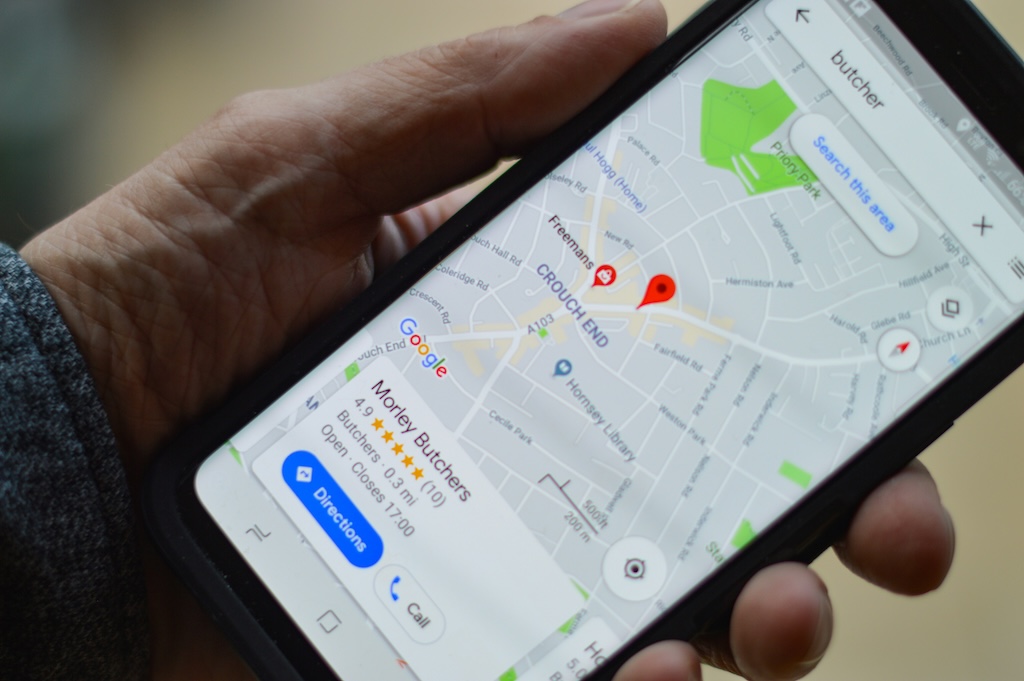In the ever-evolving landscape of digital marketing, location-based advertising has emerged as a powerful tool for businesses to connect with consumers in a more personalized and relevant way. This innovative approach leverages the geographical location of potential customers to deliver targeted advertisements, enhancing engagement and driving higher conversion rates. In this blog, we’ll delve into the mechanics of location-based advertising, explore its benefits, and understand why it’s become a crucial component of modern marketing strategies.
What is Location-Based Advertising?
Location-based advertising (LBA) is a form of advertising that uses data on the physical location of a mobile device to deliver personalized advertisements to users. This data can be collected through various means, such as GPS, Wi-Fi, IP addresses, and Bluetooth beacons. By understanding where users are, marketers can serve ads that are highly relevant to their immediate context and surroundings.
There are several types of location-based advertising, including:
- Geotargeting: Delivering ads to users based on a predefined geographic area, such as a city or zip code.
- Geofencing: Creating a virtual boundary around a specific location, such as a store, and triggering ads when users enter this area.
- Beaconing: Using Bluetooth beacons to send targeted messages to users who are in close proximity to a specific location, such as inside a retail store.
The Importance of Location-Based Advertising
- Enhanced Relevance and Personalization
One of the most significant advantages of location-based advertising is its ability to deliver highly relevant and personalized content. By targeting users based on their current location, businesses can provide timely offers and information that are more likely to resonate with the audience. For example, a restaurant can send a discount offer to users who are nearby during lunchtime, increasing the likelihood of attracting foot traffic.
- Improved Customer Engagement
Location-based ads are inherently more engaging because they cater to the immediate needs and interests of users. When consumers receive ads that are pertinent to their current activities or environment, they are more likely to interact with the content. This heightened engagement can lead to increased brand awareness, loyalty, and ultimately, conversions.
- Higher Conversion Rates
Relevance and timing are critical factors in driving conversions. Location-based advertising ensures that ads are seen by users who are in the right place at the right time, thereby increasing the chances of them taking action. Studies have shown that location-based ads can achieve significantly higher click-through and conversion rates compared to traditional advertising methods.
- Cost Efficiency
By targeting specific geographic areas and demographics, businesses can optimize their advertising spend and reduce waste. Location-based advertising allows for precise targeting, ensuring that marketing budgets are spent on reaching the most relevant audiences. This efficiency can lead to a better return on investment (ROI) and more effective use of resources.
- Data-Driven Insights
Location-based advertising provides valuable data and insights into consumer behavior. Marketers can track how users interact with ads based on their location, analyze foot traffic patterns, and measure the effectiveness of campaigns in real-time. These insights can inform future marketing strategies, allowing businesses to continually refine and improve their approach.
Use Cases of Location-Based Advertising
- Retail and E-commerce
Retailers can use geofencing to attract nearby shoppers with special promotions and discounts. E-commerce businesses can also benefit by targeting ads to users who have recently visited physical stores, encouraging them to explore online offerings.
- Restaurants and Cafes
Restaurants and cafes can leverage location-based ads to entice hungry passersby with timely deals and menu highlights, driving immediate visits and increasing sales during peak hours.
- Travel and Hospitality
Hotels and travel companies can target ads to tourists and travelers based on their current location, offering relevant information about nearby attractions, activities, and special packages.
- Event Marketing
Event organizers can use geofencing to engage attendees with real-time updates, special offers, and interactive content during events, enhancing the overall experience and boosting participation.
Challenges and Considerations
While location-based advertising offers numerous benefits, it also comes with challenges and considerations. Privacy concerns are paramount, as users may be wary of sharing their location data. Marketers must ensure they obtain proper consent and adhere to data protection regulations.
Additionally, accuracy in location data is crucial. Inaccurate data can lead to mistargeted ads, resulting in wasted spend and potential frustration for users. Collaborating with reliable data providers and utilizing advanced technology can help mitigate these issues.
Conclusion
Location-based advertising represents a powerful tool in the digital marketer’s arsenal, enabling businesses to connect with consumers in a highly relevant and personalized manner. By delivering ads that cater to the immediate context and needs of users, businesses can enhance engagement, drive higher conversion rates, and optimize their marketing spend. As technology continues to evolve, the potential for location-based advertising will only grow, making it an indispensable component of modern marketing strategies. Embracing this approach can help businesses stay ahead of the competition and build stronger, more meaningful connections with their audience.


